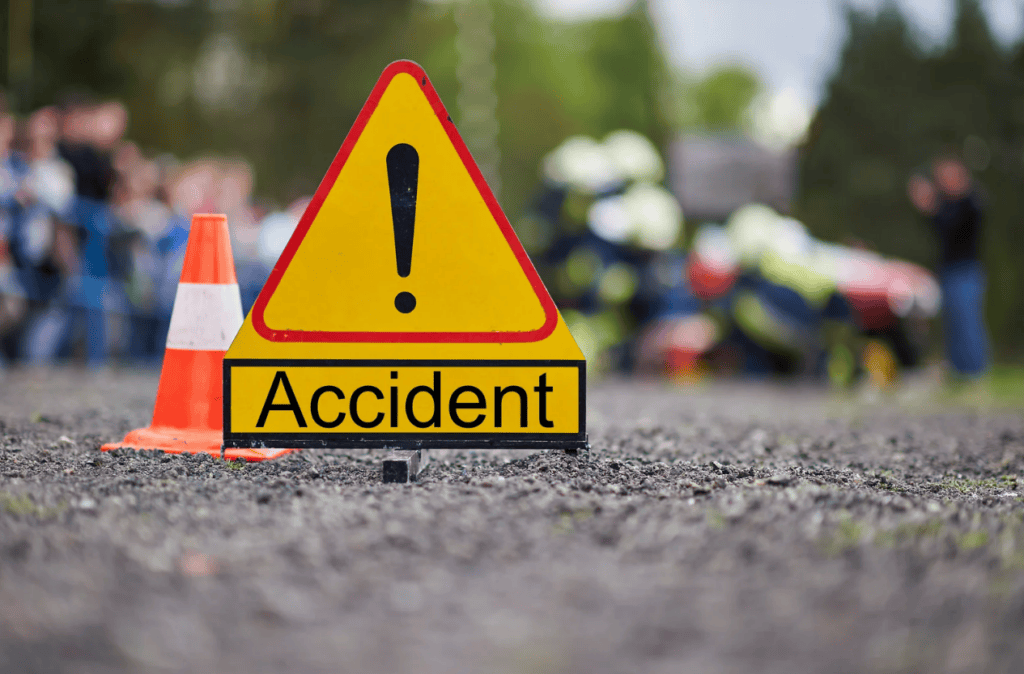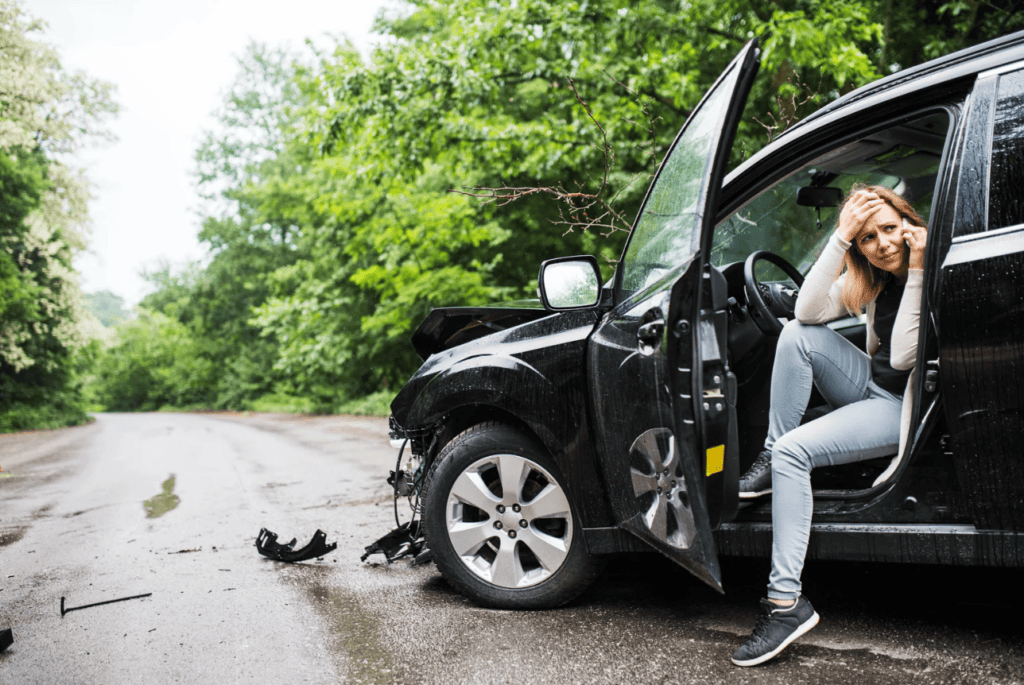Accidents can leave a strong mark on the mind. The physical injuries are often the most visible effect, but the mental impact may take longer to heal. Post-accident trauma can include anxiety, depression, and an intense fear of situations that remind the accident.
The following article explains various strategies in overcoming post-accident trauma that can help someone move past these mental barriers.
Understanding Post-Accident Trauma
When a serious accident occurs, the brain and body react in many ways. The stress response sets off signals that can make everyday tasks feel overwhelming. Mental health issues are common in the aftermath of a traumatic incident. Recovery efforts often focus on physical healing, but ignoring mental health can result in long-term challenges.
The brain sometimes stores memories of the accident in a way that makes it hard to separate the event from everyday experiences. Issues such as flashbacks, sleep disturbances, and unexpected panic attacks arise. Knowing that these responses are normal in traumatic situations can help those affected realize that they are not experiencing weakness.
Seeking Professional Help
One of the key steps in overcoming trauma is to speak with a mental health professional. Therapists who specialize in trauma can offer guidance that is specific to recovery after an accident. Cognitive Behavioral Therapy (CBT) is a common method used to help patients replace harmful thoughts with more positive views of the future.
In addition to therapy, support from legal professionals may be critical in some cases. For example, if your accident resulted in serious injuries or lasting harm, you may consider consulting a car accident lawyer Victoria located in Victoria, Texas for advice on any claims or compensation that could aid your overall recovery. This practical step can help manage the stress associated with unresolved legal matters.

Building a Support Network
Recovery from trauma is not a journey that one needs to make alone. Building a support network among friends, family members, or even colleagues can create a safety net. This network can provide encouragement and listen without judgment.
Here are some important points to consider when forming a support network:
- Honest Conversation: Talking about your experiences can lessen the weight of the trauma.
- Mutual Understanding: Connection with someone who has gone through a similar event may provide validation.
It is also beneficial to consider community support groups. Engaging with others who have similar experiences can offer both comfort and practical advice. These groups may meet in person or online, providing flexibility and accessibility for those who are not ready to meet face-to-face.
Strategies for Mental Wellbeing
Several techniques can improve mental health when facing post-accident trauma. While each person’s journey is different, certain strategies have helped many achieve a steadier frame of mind.
- Mindfulness and Meditation: These practices have been shown to decrease anxiety and improve focus. Regular sessions, even if brief, can pave the way for long-term mental ease.
- Physical Activity and Relaxation: Exercise can help reduce stress hormones in the body. Simple practices such as stretching and walking can be significant, especially when performed daily.
- Routine and Structure: Establishing a daily routine provides a sense of normality. Setting small, achievable goals can help build confidence over time.
Below is a list of activities that may help manage stress after an accident:
- Taking short daily walks or participating in light exercise sessions.
- Practicing deep breathing exercises in moments of distress.
- Keeping a journal to track progress and emotions.
- Engaging in creative activities such as drawing, writing, or music.
These actions, practiced consistently, often lead to noticeable improvements in mental clarity and emotional balance.
Adjusting the Mindset
A shift in perspective is necessary when coping with trauma. This shift involves accepting that while the accident is a part of your history, it does not define your future. Learning to separate the past from current decisions can pave the way for a positive path ahead.
One effective method is to treat each day as an opportunity to start fresh. Recognizing small victories, such as completing everyday tasks or managing a moment of anxiety, reinforces progress. Self-compassion plays an important role and reminds a person to be gentle with themselves during recovery.
Many people benefit from setting aside time to reflect on lessons learned. This reflection does not mean dwelling on negative events but rather acknowledging growth points in the recovery process. Creating a list of daily successes can help build a positive narrative and foster a shift from self-criticism to self-recognition.

Practical Tips for Daily Life
Everyday life after a traumatic accident requires careful adjustments. Small changes in one’s routine can have a big impact. Here are some ideas to consider:
- Healthy Sleep Habits: Sleep problems are common after trauma. Setting a regular sleep schedule and creating a comfortable sleep environment can reduce the frequency of nightmares and improve overall rest.
- Nutritious Eating: Foods have a direct influence on energy levels and mood. Eating balanced meals, rich in vegetables, fruits, and lean proteins, can help stabilize the body’s response to stress.
- Setting Boundaries: Sometimes, a pause is needed from high-pressure situations. This might mean stepping back from work or social commitments to prioritize mental health.
Below is a summary of daily strategies to include in your recovery process:
- Maintain regular mealtimes and sleep routines.
- Engage in consistent, light physical activities.
- Incorporate moments of relaxation and mindfulness throughout the day.
The Role of Physical Recovery
Physical recovery and mental recovery are interconnected. Often, improving physical well-being enhances mental health. Following the guidance of medical professionals and physical therapists can also trigger improvements in mental health. This holistic approach to recovery ensures that both the body and mind receive the attention they need.
Working on physical strength and ability might involve gradual reintroduction to activities that were once a source of joy. It is important to balance physical activity with adequate rest, ensuring the body’s recovery works in tandem with the mind’s healing process.
Conclusion
Finding ways to move past post-accident trauma is a journey that involves both body and mind. Emphasizing therapy, creating a support network, and building a structure in daily life can foster a sense of control over the future. The improvements may be small at first, but consistent efforts create new habits and healing patterns.
Recovery does not happen overnight, yet every positive change is a step in the right direction. The methods and strategies discussed here offer practical paths to rebuild inner strength and work through mental challenges. By focusing on clear actions, establishing healthy routines, and seeking both legal and emotional support when needed, you set the foundation for a new period of recovery and peace.


